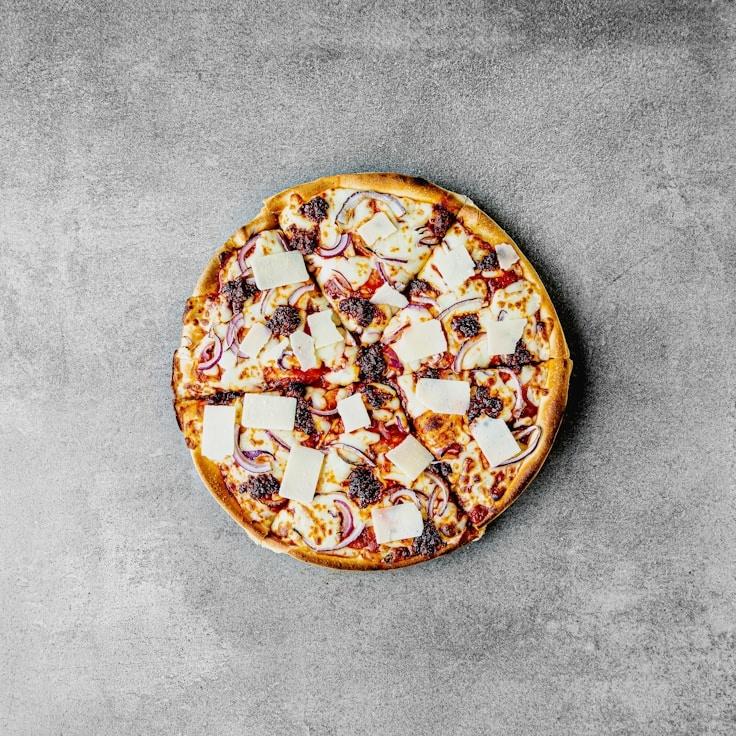At BrackenHill, we hold the conviction that extraordinary pizza is founded on extraordinary dough. With over thirty years spent refining our recipe, we're thrilled to divulge a few of our dough-making secrets. While the exact recipe is ours alone (to preserve the cherished tradition), these key guidelines will aid you in making pizzeria-caliber pizza dough in your own kitchen.
Choosing the Right Flour
The secret to an exceptional pizza dough lies in the quality of the flour. 00 flour, known for its fine grind and moderate protein content (approximately 12%), is our go-to option for a balance of elasticity and softness. Should 00 flour be elusive, a viable alternative would be bread flour, albeit with a nuanced difference in texture.
Optimal Water Temperature and Dough Hydration
Water temperature is pivotal in determining the fermentation duration and dough's maturation. Utilize cold water close to 45°F (7°C) for prolonged fermentation, enhancing flavor, or warm water around 85°F (29°C) for an expedited process. The water-to-flour ratio – or hydration – for standard home ovens should hover between 60-70%.
Less Yeast, More Time
The essence of a richly flavored dough is minimal yeast coupled with extended fermentation times. Our preference is for just 0.2% fresh yeast in relation to the flour weight for a fermentation period that lasts 24-48 hours. This drawn-out method develops a more complex taste and results in a dough that's simpler to digest.
Salt: A Crucial Ingredient
Salt's purpose transcends mere flavor enhancement - it is integral in fortifying the gluten network and moderating yeast activity. We advise a fine sea salt inclusion of 2.5-3% based on your flour weight. Introduce the salt after the flour and water begin to merge, preventing it from coming into direct contact with the yeast.
The Fermentation Craft
Subsequent to mixing, let your dough initially ferment at ambient temperature for a couple of hours, then segregate it into ball portions. Store these in covered containers and refrigerate for anywhere between 24 to 72 hours. It's during this cold fermentation when enzymes convert starches to sugars, leading to the dough's flavor enhancement and the crust's desirable browning.
Gentle Handling
When ready to prepare pizza, extract the dough from the fridge 1-2 hours in advance to allow it to reach room temperature. When shaping the dough, be delicate to maintain the gas bubbles that have formed by using your fingers to push and extend the dough, rather than rolling it, which deflates those crucial air pockets.
Introducing the Power of Heat
Despite our ovens being capable of reaching 850°F (454°C), a typical domestic oven will peak at about 550°F (288°C). To adapt, employ a pre-heated pizza stone or steel for no less than one hour, granting the strong bottom heat essential for a crispy base and a light, airy interior.
Perfecting pizza dough is an evolution with each preparation offering new insights. We advocate for documentation of your attempts, tweaking where necessary, and figuring out the best practices for your distinctive cooking space.
For an in-depth view of our dough-preparation method, join us during our monthly pizza workshops where Chef Luis provides a comprehensive demonstration of these very techniques. Look at our events schedule to find out about forthcoming sessions!

